Are you a tea lover?
What comes to mind when you think of savoring a cup of tea? Is it a serene moment in the midst of a busy day? Or is it the joy of talking to someone you like and trust?
Whatever thoughts arise, I’m sure it’s a very calming experience. It certainly is for me! Drinking tea grounds me in the present moment, creating a little oasis of calm that gives me strength to face the challenges of the day.
I always choose tea over coffee — not just for its soothing properties, but also for its connection to the Japanese tea ceremony.
While I may not adhere strictly to the prescribed movements and behaviors of the traditional Japanese practice, I do transform the act of drinking tea into a mindful activity — a form of tea meditation.
In this article, we will explore the concept of tea meditation, learn how to practice it, and discover the ideal teas for this purpose.

FREE Self-Test: How Spiritual Are You?
What Is Tea Meditation?
You can think of tea meditation as an activity that fosters a sense of deep calm: It grounds you in the present moment by activating your sense of taste, smell, and touch.
The very act of preparing and drinking tea encourages you to slow down and pay attention to every step of the process, from heating the water in the kettle to taking a sip from the cup.
By focusing on tea, you become more aware of your body and emotions, releasing stress and promoting relaxation.
How to Practice Tea Meditation
Here’s a helpful video from Little Light Meditations on how to practice tea meditation.
TEA MEDITATION
by Little Light MeditationsFor this mindfulness practice, grab your favorite cup of tea and settle into your favorite chair. And once you’re ready, take a deep breath, feeling and noticing the breath in and out of your body.
Feeling and noticing your body in the chair at this moment, hold the cup of tea in your hands. Feel the weight of the cup and its contents.
Feel the warmth radiating into your hands. Bring the cup up toward your nose, close your eyes, and breathe in the fragrant aroma.
Follow a journey of that breath into your body through your nose, into your lungs, indulging in the sense of smell. Notice and appreciate any particular sense that stands out.
Open your eyes and gaze into your cup. Take stock of its contents: the color and texture of the comforting liquid. Appreciate the vessel, its shape, how full it is.
And when you’re ready, bring the cup to your lips and take a sip. Notice the feeling of the warm tea in your mouth swirling around your tongue. Take a moment before swallowing to taste deep and different flavors.
Notice any particular flavors that stand out. Then swallow and notice how the liquid slides down your throat, making its way into your belly and warming up your body. Notice the sound you make as you sip and swallow.
Continue to bring awareness to the journey of the tea in your body. Enjoy each and every sip. Tuning into all your senses, be mindful of each moment of this delicious cup of comforting tea.
Notice the change in temperature, any changes in flavor, the change of the weight of the cup in your hands until your cup is finished. And if your mind wanders, bring yourself back to the next sip.
Thich Nhat Hanh wrote something as simple and ordinary as drinking a cup of tea can bring us great joy and help us feel our connection to the earth. The way we drink our tea can transform our lives if we truly devote our attention to it. May you go into the rest of your day, savoring each and every sip, and may your little light shine bright.
Tea Meditation Benefits
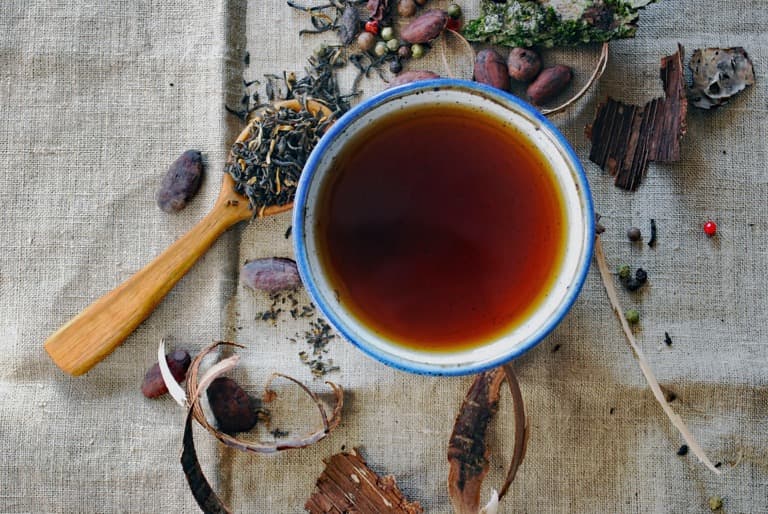
Tea meditation is one of the most accessible and simple ways to practice mindfulness in everyday life. Here are just a few tea meditation benefits that I experienced:
Best Tea for Tea Meditation
Here I’ll recommend tea for tea meditation, but this is completely optional. You can drink any tea you like: It doesn’t make that much of a difference. The most important things is what you find most soothing and enjoyable. With that being said, let’s look at this list of best teas for tea meditation:
1. Chamomile Tea
Chamomile’s effects are not entirely dissimilar to the previous entry on this list. With well-documented sleep-aiding and stress-reduction properties, this tea is also a great choice, especially if stress is preventing you from getting the restful sleep you need.
While often grouped together, stress and anxiety are not the same. Anxiety is more worry-based, even without the presence of a particular trigger, and stress is more characterized by irritability, anger, fatigue, and muscle pain from being overextended. However, the line between the two is far from clear. If you struggle with sleep, and your symptoms lean more towards stress, try some chamomile tea.
2. Peppermint Tea
Peppermint is a very popular tea that can be found almost anywhere tea is sold. It can be made with either dried or fresh leaves. This fragrant herb is a favorite for its potent and refreshing flavor. Peppermint is packed with positive health effects like strong antioxidants, flavonoids, and even some anti-allergy properties.
The tea’s aroma has been shown to have psychologically calming effects while promoting mental clarity. If you are someone who finds aromatherapy or certain smells helpful in relaxing, peppermint is very likely to help you unwind from stress and find mental clarity from anxiety.
3. Lemon Balm Tea
With broad leaves and a pleasing lemony scent, lemon balm is traditionally used to support digestion and relieve nervous tension. Native to Southern Europe, people have been cultivating and using this plant for thousands of years. Known as the “bringer of gladness,” it’s sure to brighten your day.
How to Make Tea for Tea Meditation
If you love lose leaf tea, this video from Beyond the Bag will show you four ways how to make tea for tea meditation:
In Conclusion

FREE mindfulness resources for stress relief
Tea meditation is such a wonderful way to practice mindfulness and bring more calm into your daily life. Complement with out article on how to practice chocolate meditation and then revisit our classic guide on how to practice breathing meditation.
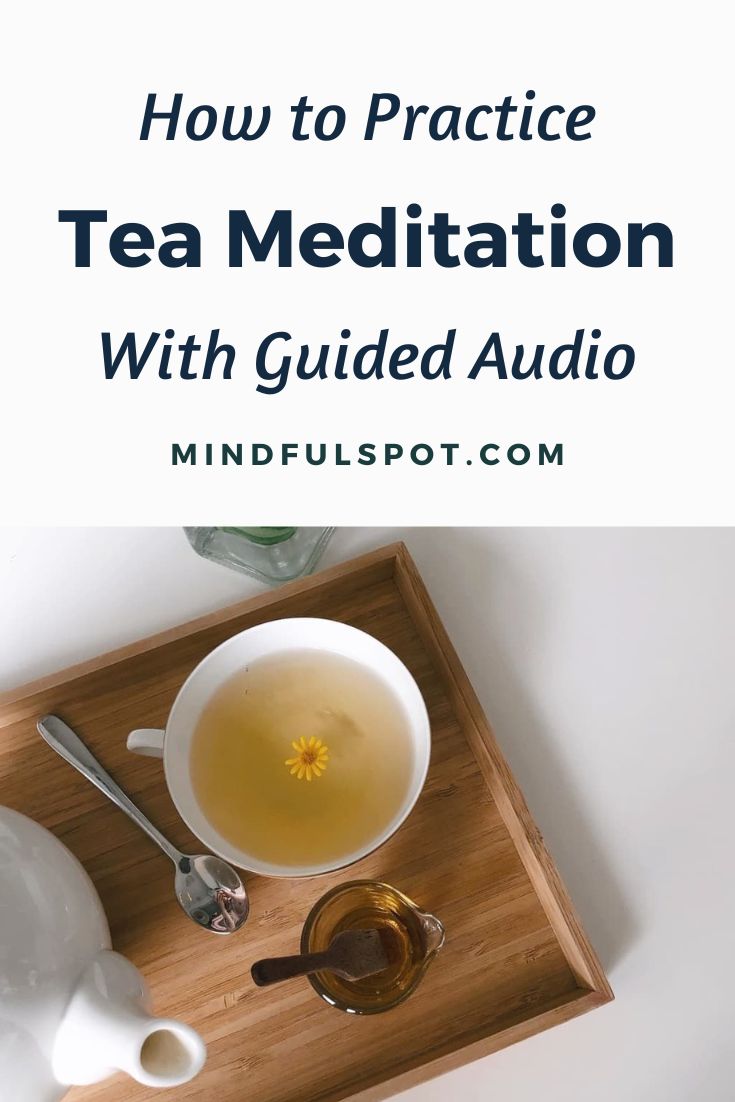
I’m a freelance writer and mindfulness advocate behind this blog. I started my meditation practice in 2014, and in 2017 I launched this website to share what I learn with others. Here are the three things you can do here:
1. Schedule a free consult if you want to learn Buddhist meditation.
2. Download free mindfulness resources for stress relief
3. Join Patreon for exclusive content and community meetings.


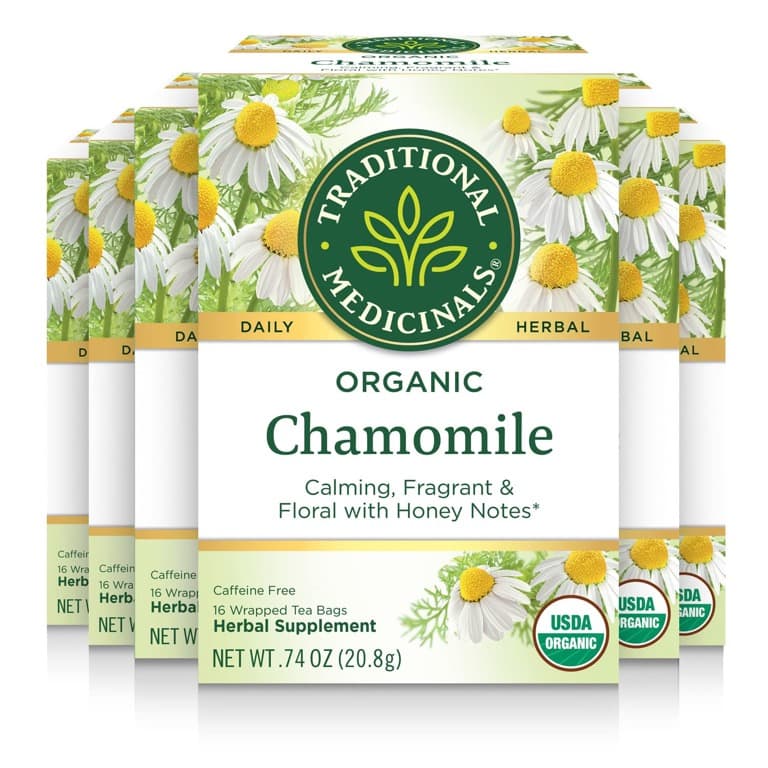
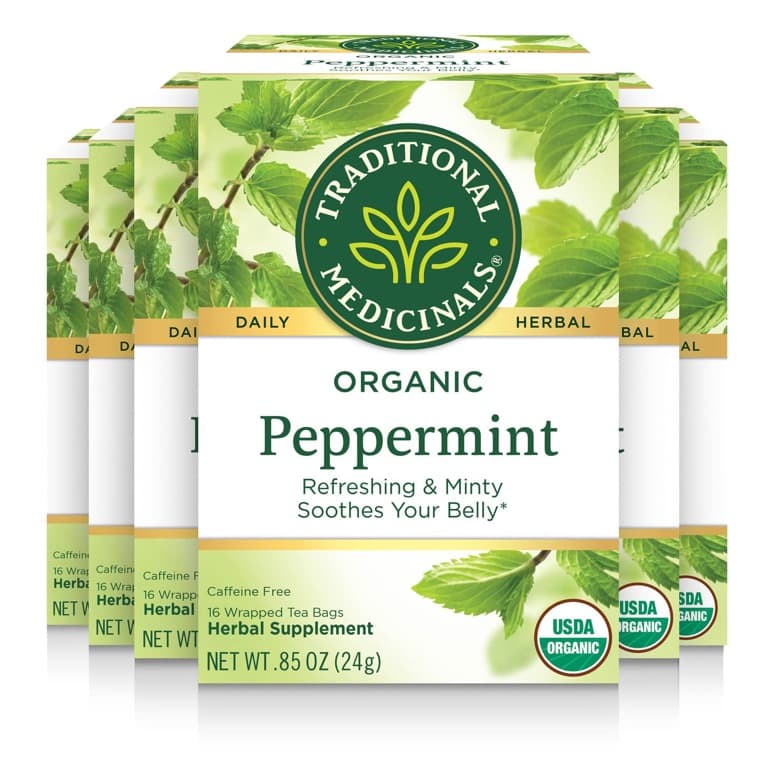



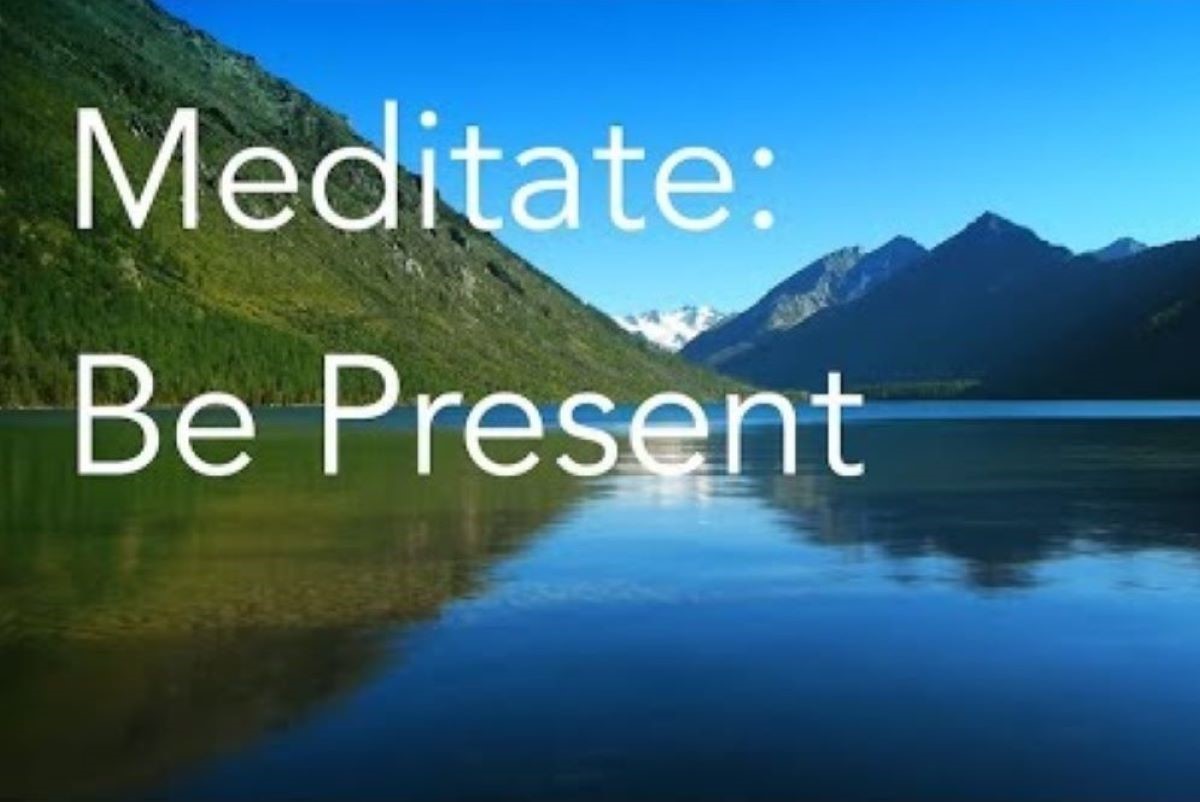

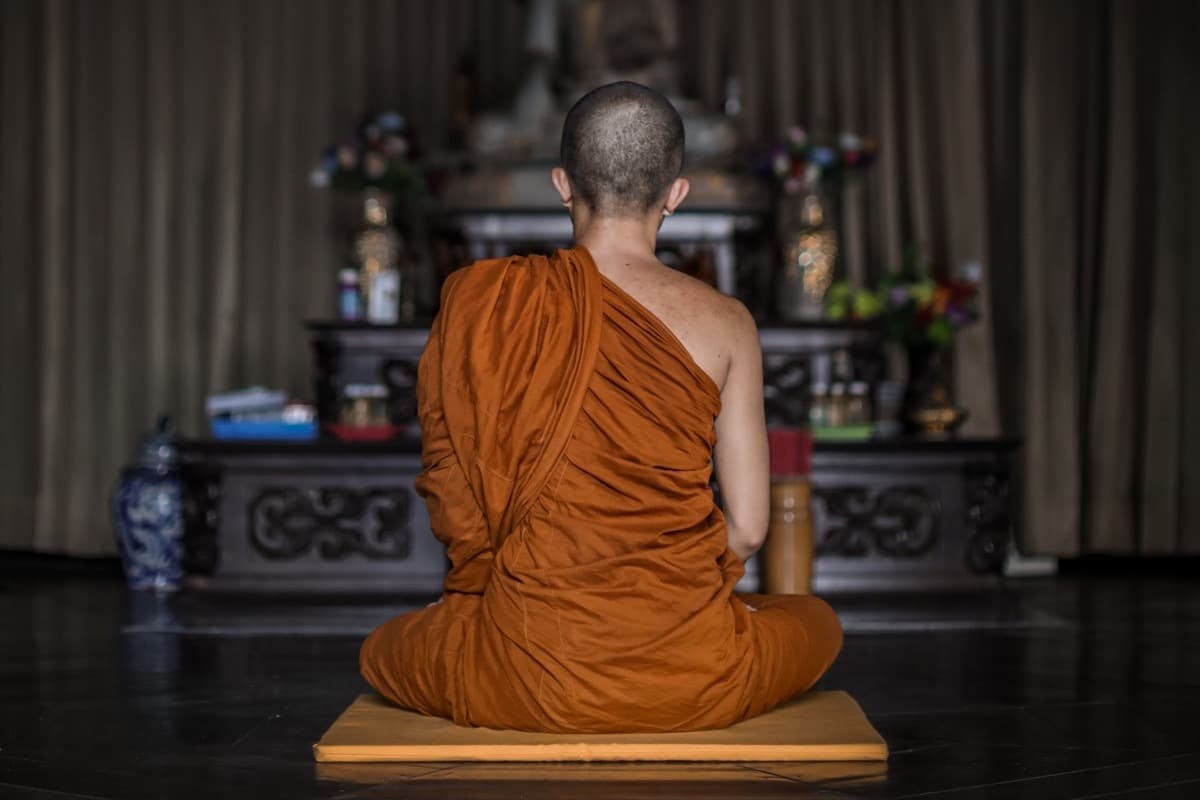


Your mindfulness journey is a source of inspiration for those around you.
Hi Cynthia, thank you for stopping by and your kind words. I’m glad you liked reading the article. Tea meditation is such a wonderful way to bring more presence into our everyday lives.